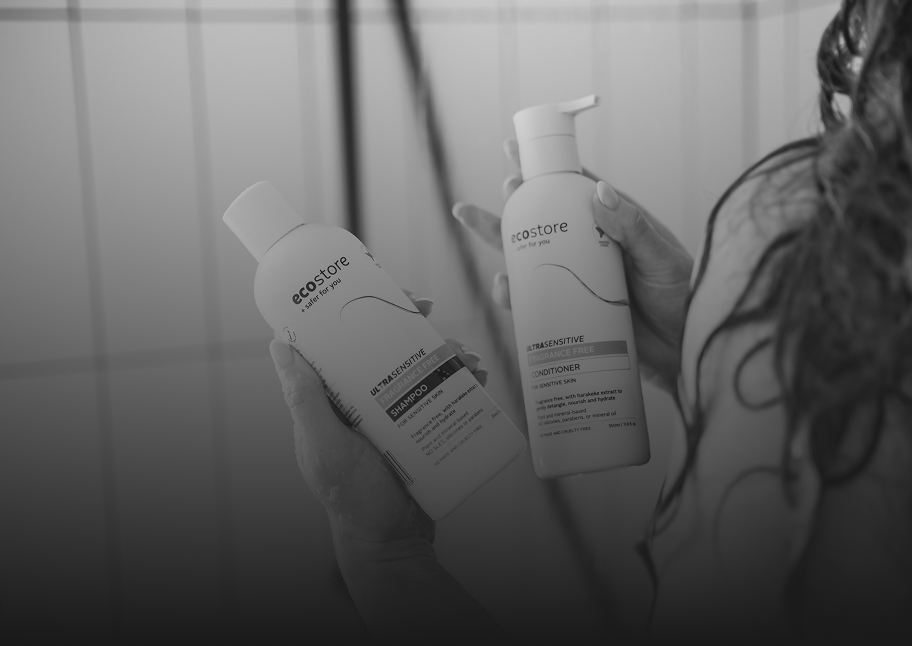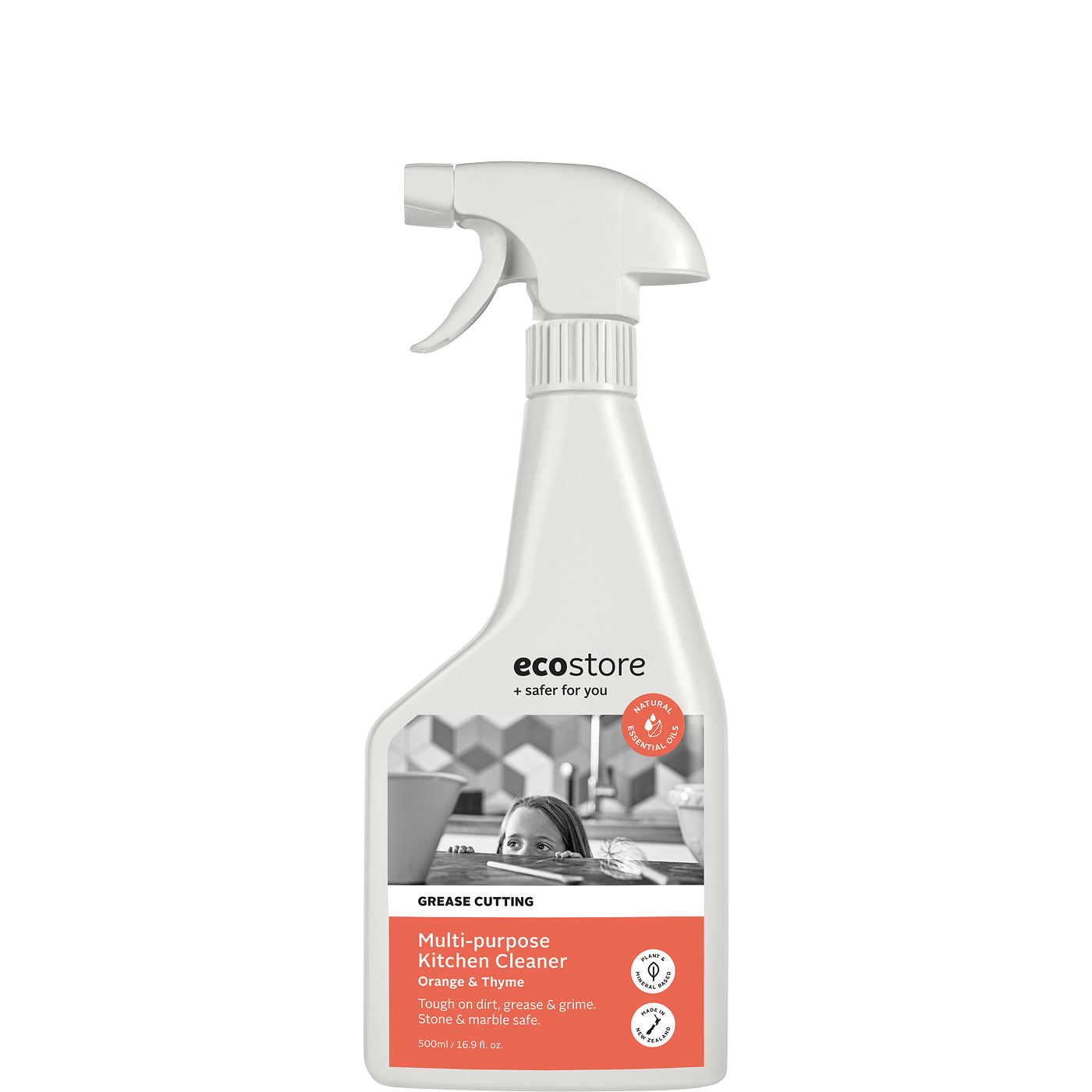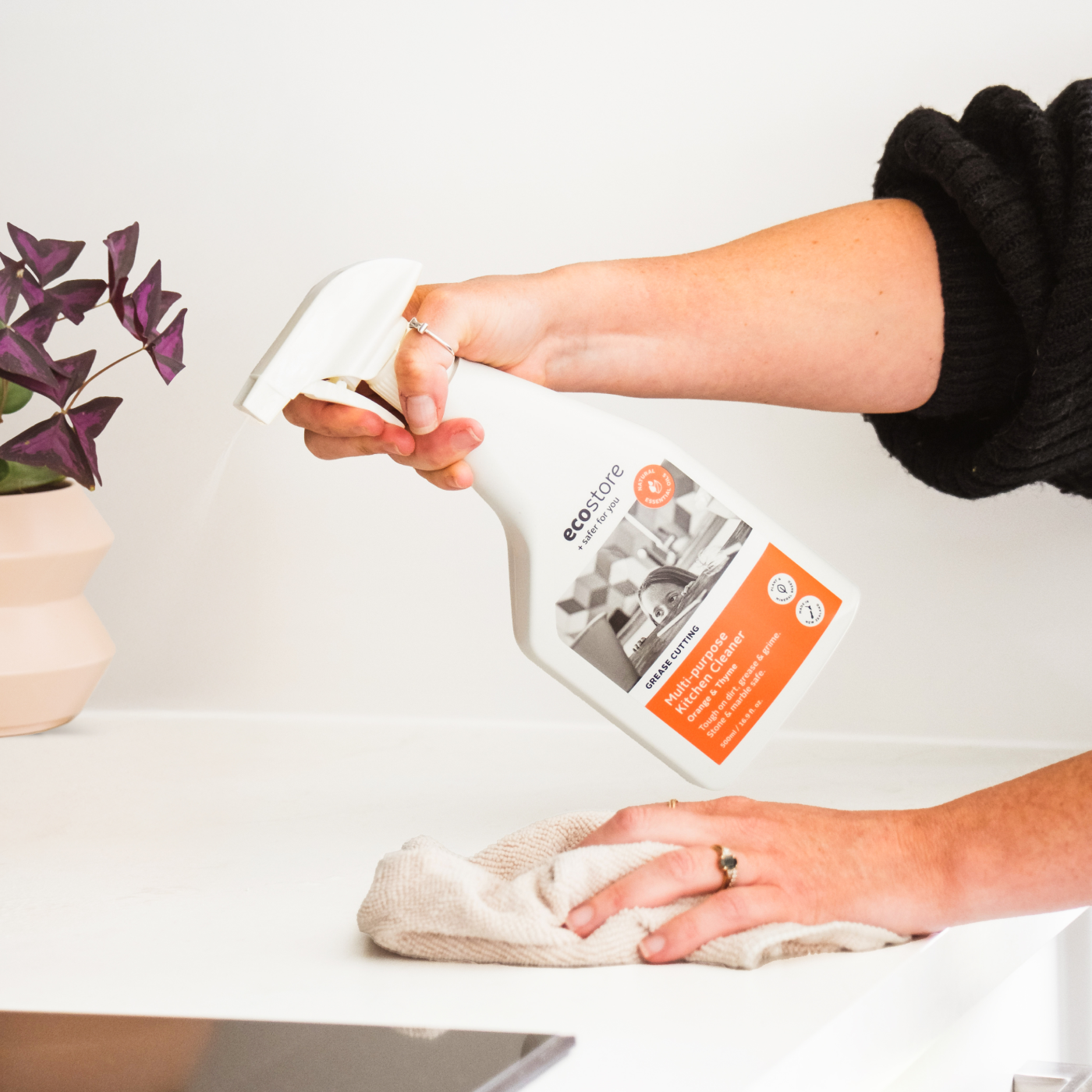Ingredient - Alkyl Glucoside
Alkyl glucosides are a group of surfactants typically derived from renewable plant-based materials such as corn, coconut, or palm oils. We use these in some of our products for their excellent cleaning performance, while still being gentle on skin and the environment.
Alkyl glucosides are created through a reaction between glucose (sugar) and fatty alcohols derived from vegetable oils. The resulting alkyl glucoside molecules have a hydrophilic (water-loving) head derived from glucose and a lipophilic (oil-loving) tail derived from the fatty alcohol. In laundry detergents, alkyl glucosides act as surfactants, reducing the surface tension between water and the dirt or stains on fabrics. This allows the water to penetrate the fabric and lift away dirt, oils, and other residues.
One of the key advantages of alkyl glucosides is their biodegradability and low environmental impact. They are readily broken down by natural processes, making them a preferred choice for eco-friendly detergents. They're also known for their mildness and low toxicity, making them suitable for use in products that come into contact with the skin - though some applications may not be suitable for some people with sensitivites.
The Cosmetic Ingredient Review (CIR) Expert Panel assessed a group of alkyl glucosides in 2013 and reviewed their safety for dermal exposure in cosmetics. They concluded they are “safe in the present practices of use and concentration when formulated to be nonirritating.” This category of fatty acids is also listed by the European Chemical Agency (ECHA) as being readily biodegradable, with low potential for bioaccumulation.
Other names: Hexyl D-glucoside; D-Glucopyranoside, hexyl
Chemical class: Carbohydrates
Chemical structure depicted: Hexyl D-glucoside
REFERENCES
Alfalah, M., Loranger, C., & Sasseville, D. (2017). Alkyl Glucosides. Dermatitis : contact, atopic, occupational, drug, 28(1), 3–4. https://doi.org/10.1097/DER.0000000000000234
Fiume, M. M., Heldreth, B., Bergfeld, W. F., Belsito, D. V., Hill, R. A., Klaassen, C. D., Liebler, D., Marks, J. G., Shank, R. C., Slaga, T. J., Snyder, P. W., & Andersen, F. A. (2013). Safety Assessment of Decyl Glucoside and Other Alkyl Glucosides as Used in Cosmetics. International Journal of Toxicology, 32(5_suppl), 22S-48S. https://doi.org/10.1177/1091581813497764
European Chemicals Agency (2023). Hexyl D-glucoside. EC number: 259-217-6 | CAS number: 54549-24-5 https://echa.europa.eu/registration-dossier/-/registered-dossier/12405
https://echa.europa.eu/web/guest/legal-notice
National Center for Biotechnology Information (2023). PubChem Compound Summary for CID 171355, Hexyl D-glucoside. https://pubchem.ncbi.nlm.nih.gov/compound/Hexyl-D-glucoside
Free shipping on orders over $130
Love me or your money back guarantee
Ingredient - Alkyl Glucoside






